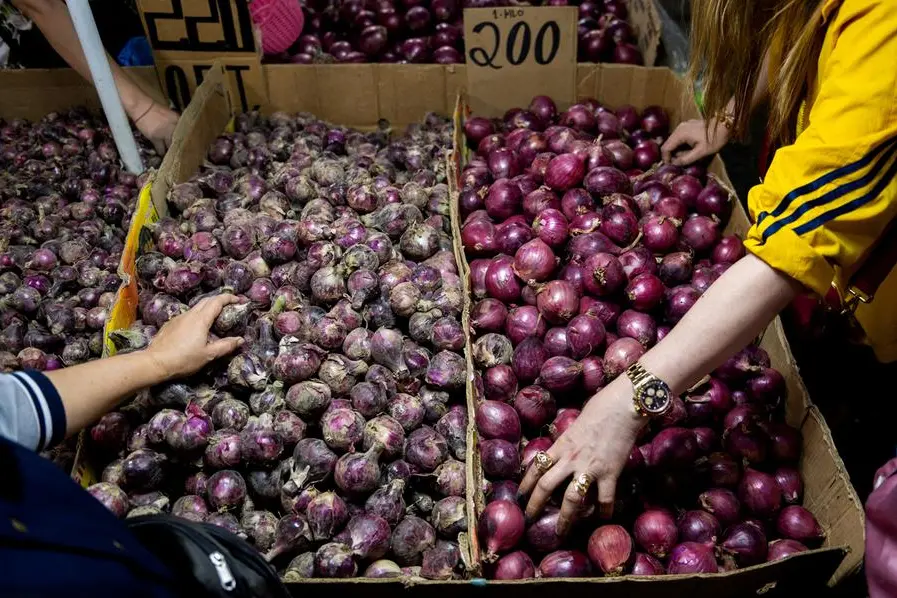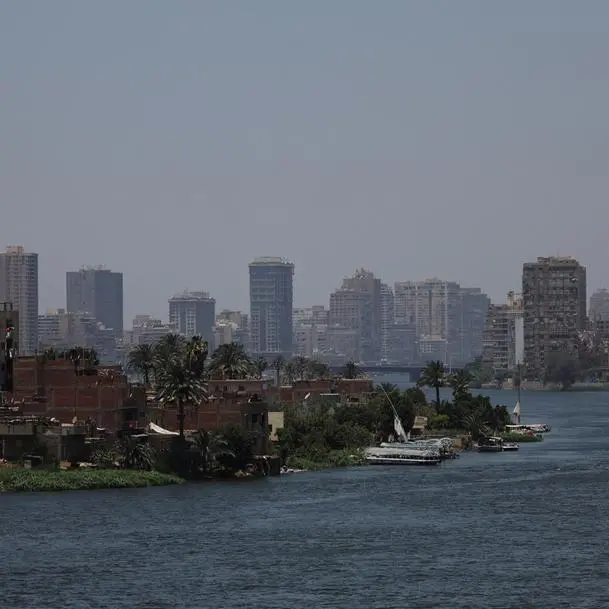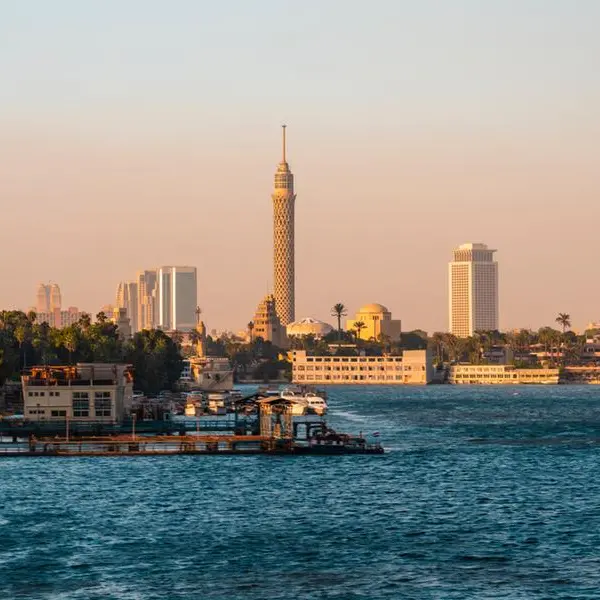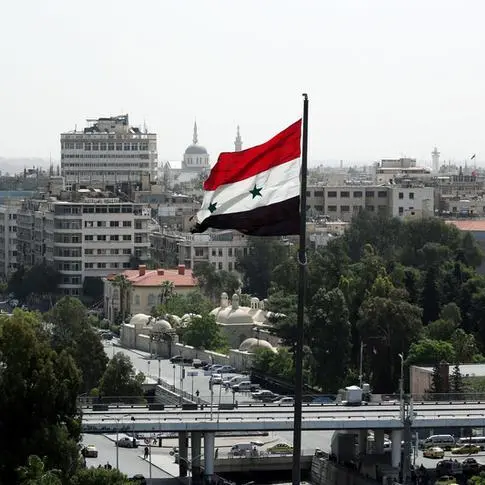PHOTO
Egypt’s inflation rates have recorded historic levels since the beginning of 2023. The rise in inflation rates was driven by external factors such as the global inflationary wave, especially in food prices, resulting from the COVID-19 pandemic and the Russian-Ukrainian conflict, in addition to internal factors, including the correction of the EGP-USD exchange rate, which severely affected the import bill.
In this Factsheet, we will track the performance of inflation in Egypt and how the rates are moving against government plans and projections. Moreover, we will dig deeper to discover the leading sectors in terms of inflation rates in November 2023. Finally, we will present the latest projections for inflation rates for 2024.
- Egypt announces two figures for inflation on a monthly basis. The headline inflation, published by the Central Agency for Public Mobilization and Statistics (CAPMAS), includes inflation in a basket of goods, including food and energy commodities. While core inflation, published by the Central Bank of Egypt (CBE), excludes food and energy prices because their prices are volatile.
- The CBE has set inflation targeting (IT) for core inflation, which is a framework for monetary policy that involves a public announcement of a numerical target for inflation. The CBE has announced five ITs. The last two ITs indicate achieving an average inflation rate of 7% (±2%) by the end of 2024 and 5% (±2%) by the end of 2026.
- In 2022, Egypt’s average headline inflation rate recorded 14.9%; this average hiked to 3% in the first 11 months of 2023. During 2023, inflation rates hit a trough of 26.5% in January. The only drop during the first nine months of the year was recorded in April. The peak of inflation was recorded in September, with annual headline inflation of 40.3%.
- Inflation rates started to fall in October and November 2023. The annual headline inflation in November, however, remained high, reaching 36.4% compared to 19.2% in the same month of 2022.
- In November, the inflation rate in urban areas of Egypt recorded 34.6%. The highest rate was recorded in urban areas of Sohag governorate, with 43.6%. On the other hand, the inflation rate in rural areas hit 38.2%, with Fayoum governorate recording the highest level of 47.9%.
- The inflation rate in November was led by the top three categories namely, alcoholic beverages, tobacco and narcotics, food and beverages, and restaurants and hotels.
- The prices of alcoholic beverages and tobacco recorded an annual inflation rate of 72.1%, which was mainly driven by the unprecedented rise in cigarette prices. Food and beverage prices increased by 63.9% year on year as a result of the increase in meat and poultry, vegetables, and tea, coffee, and cocoa prices. Lastly, catering services increased the restaurant and hotel category inflation to 42.9%.
- Despite the extension of the onion export ban several times this year, onion prices witnessed the highest inflation rate of 423.1% among all commodities. Similarly, unsubsidized sugar prices soared to historic levels over the past few weeks, reaching EGP 50 per kilogram, which was reflected in an inflation rate of 126.1%. Fresh meat, poultry, and tea had the highest inflation rates of 83.9%, 78.4%, and 77.6%, respectively.
- The Egyptian government projected that the inflation rate would reach an average of 16% by the end of fiscal year (FY) 2023/24.
- BMI Research expected that Egypt’s average inflation would decline to 27.4% in 2024 from 34.1% in 2023. This is based on measures predicted to be taken by the CBE to stabilize the EGP exchange rate in the coming months.
Copyright © 2022 Arab Finance Brokerage Company All rights reserved. Provided by SyndiGate Media Inc. (Syndigate.info).





















